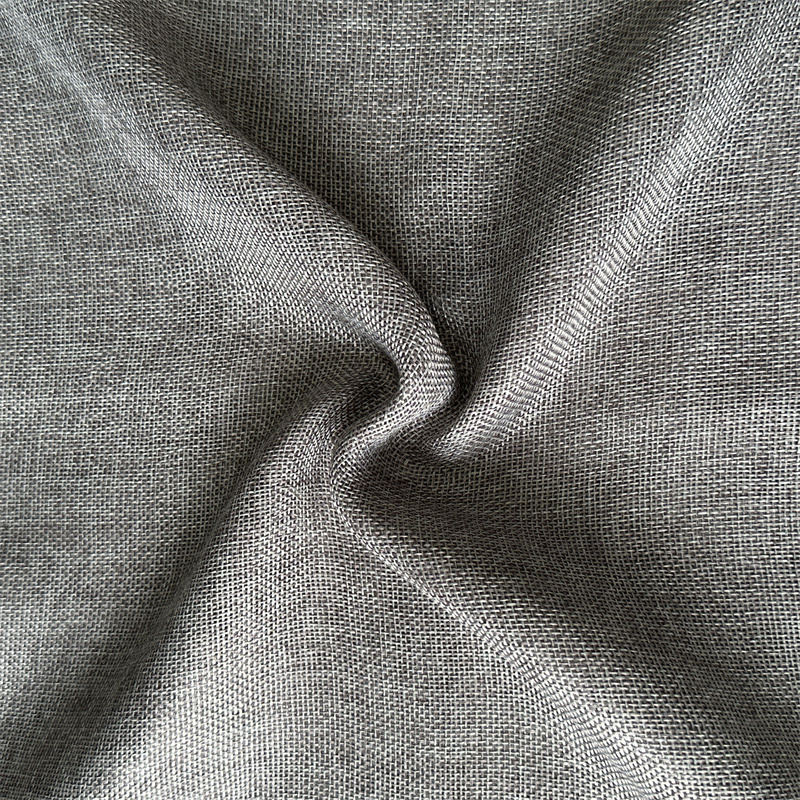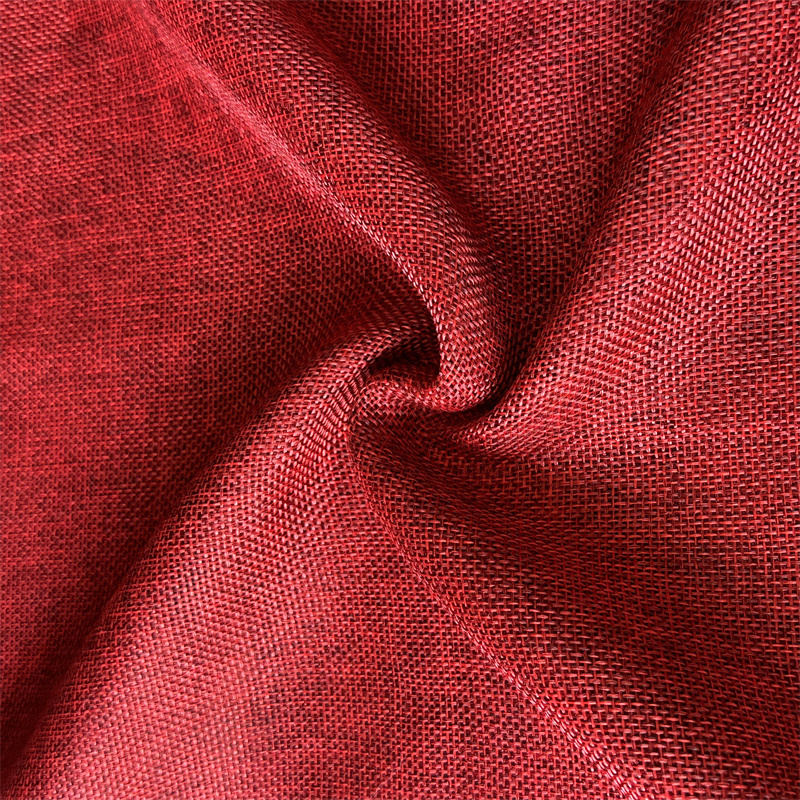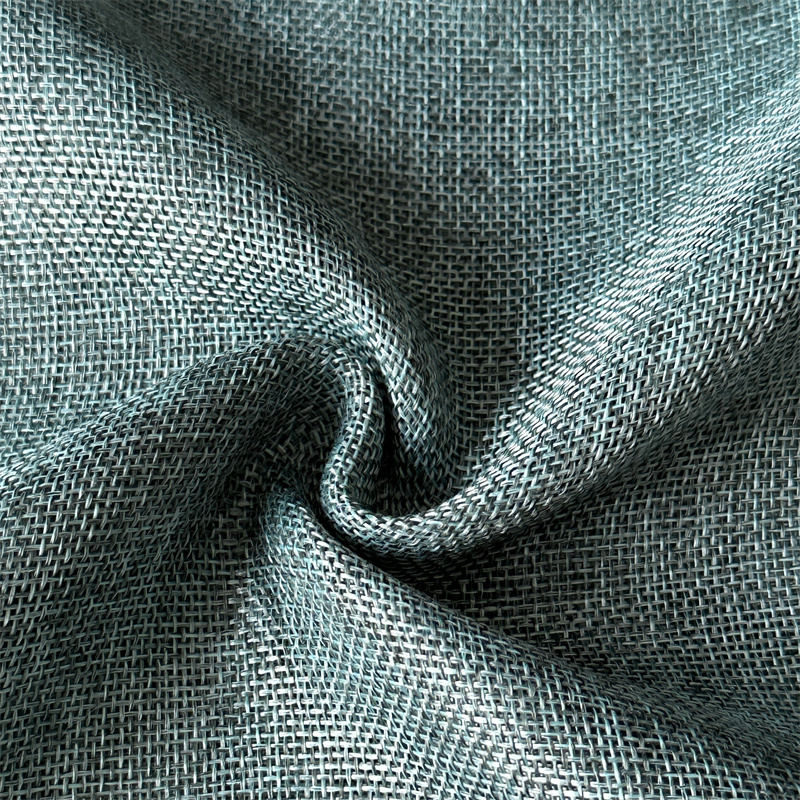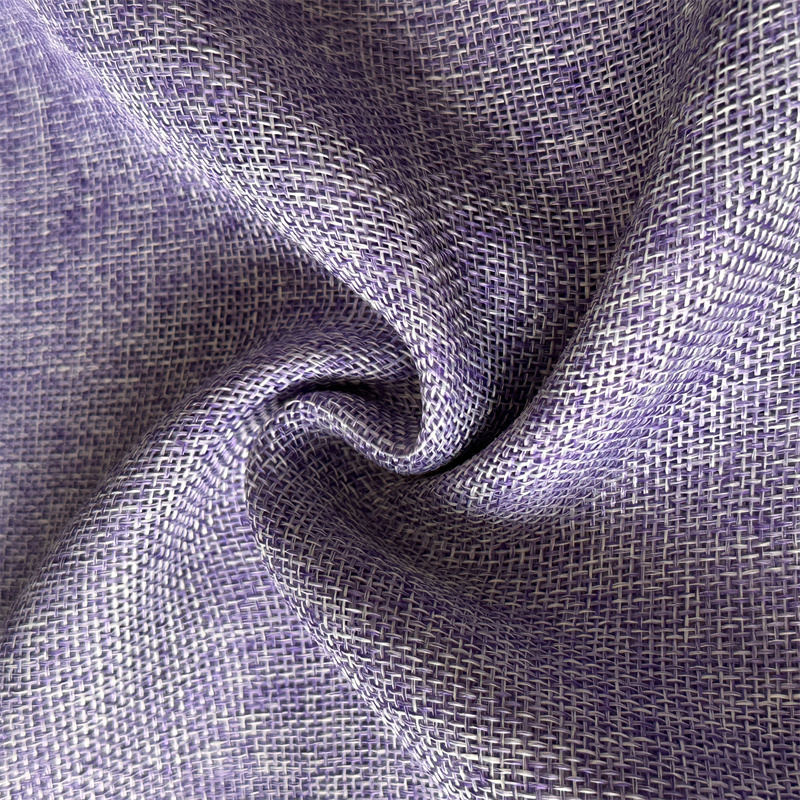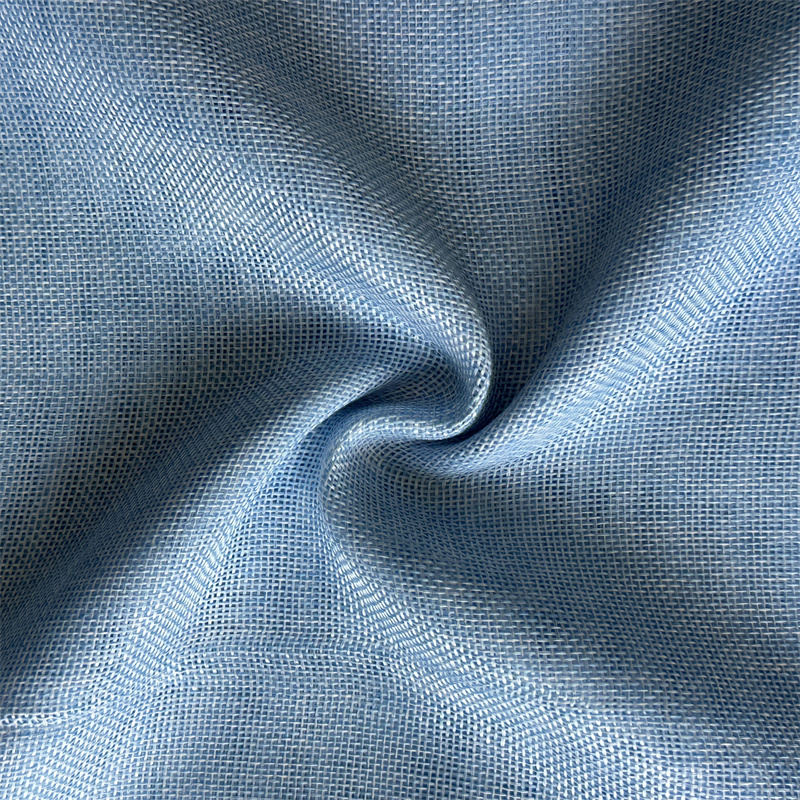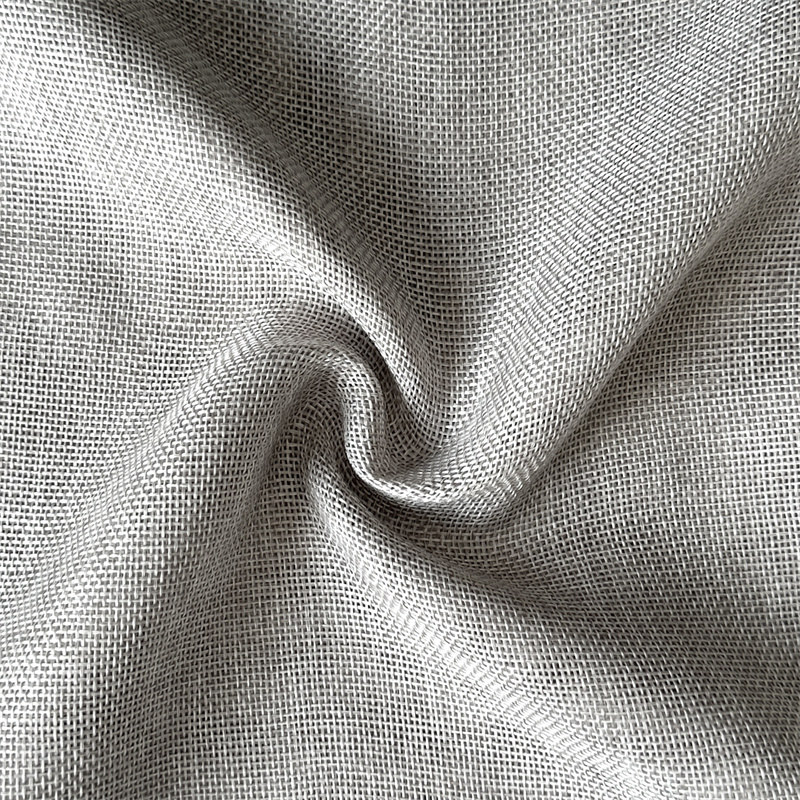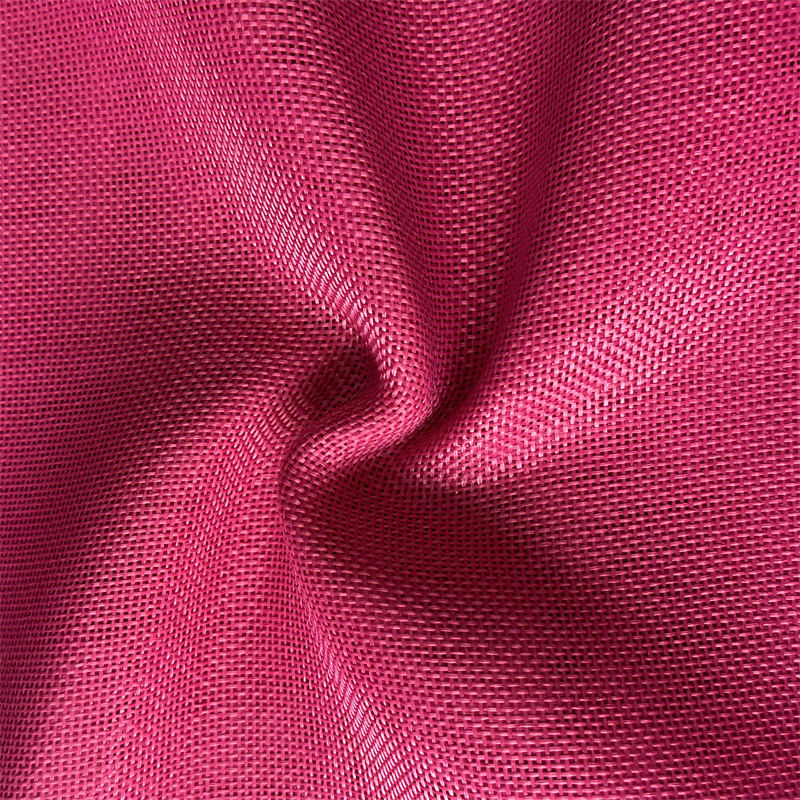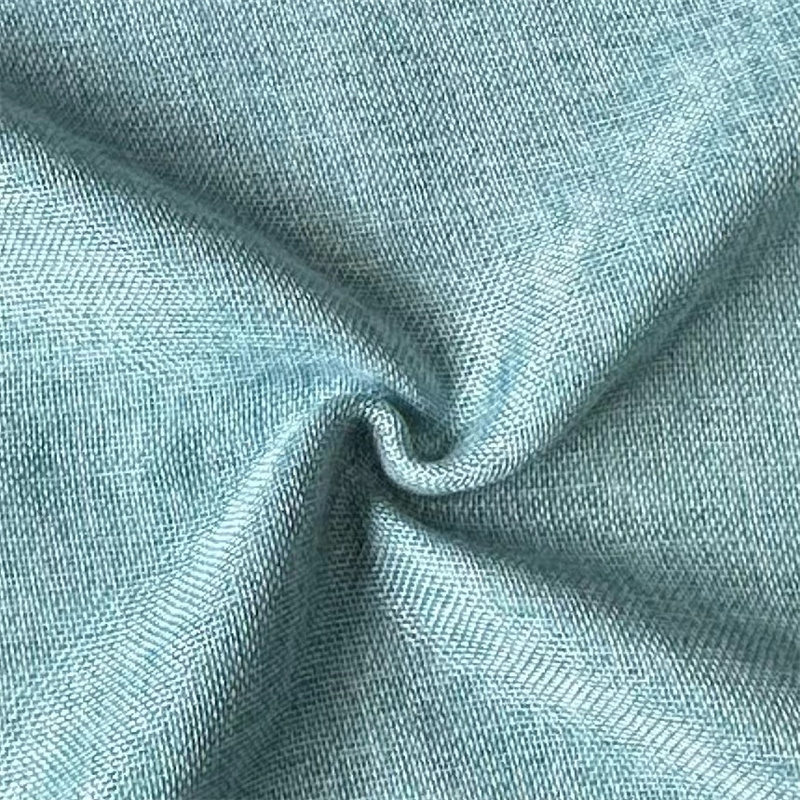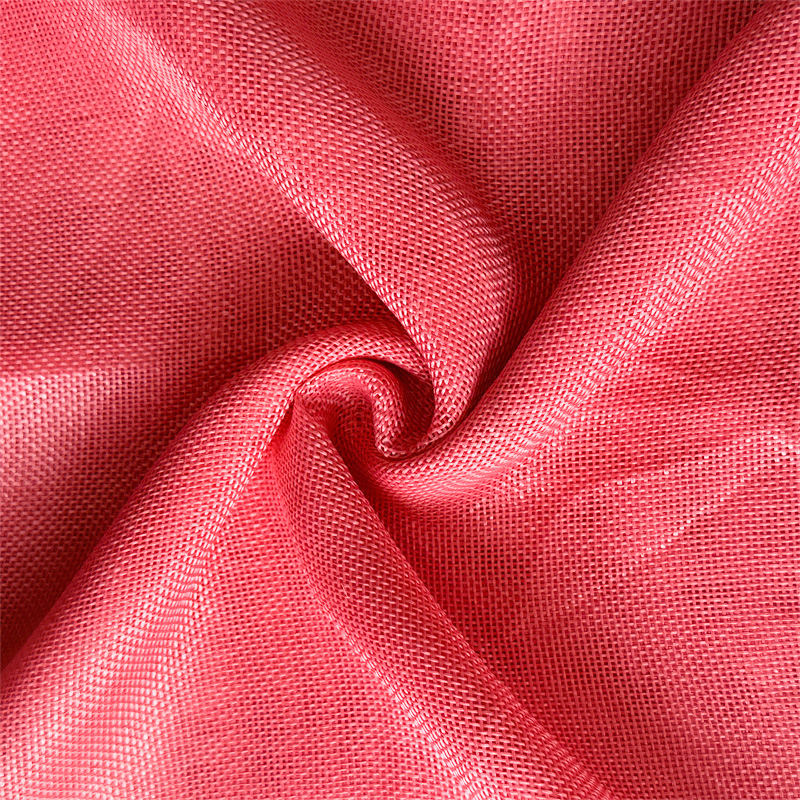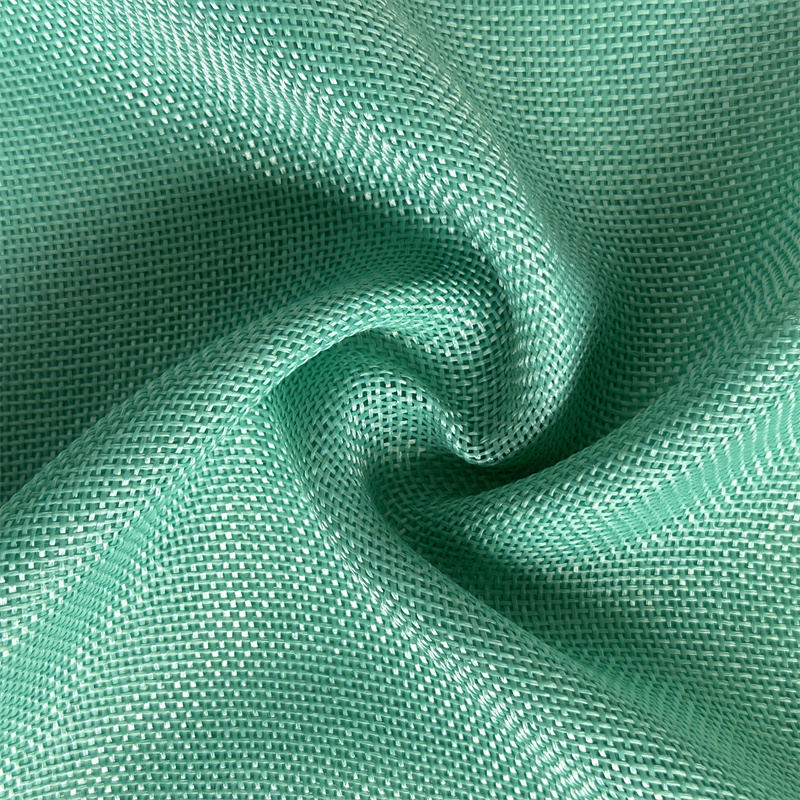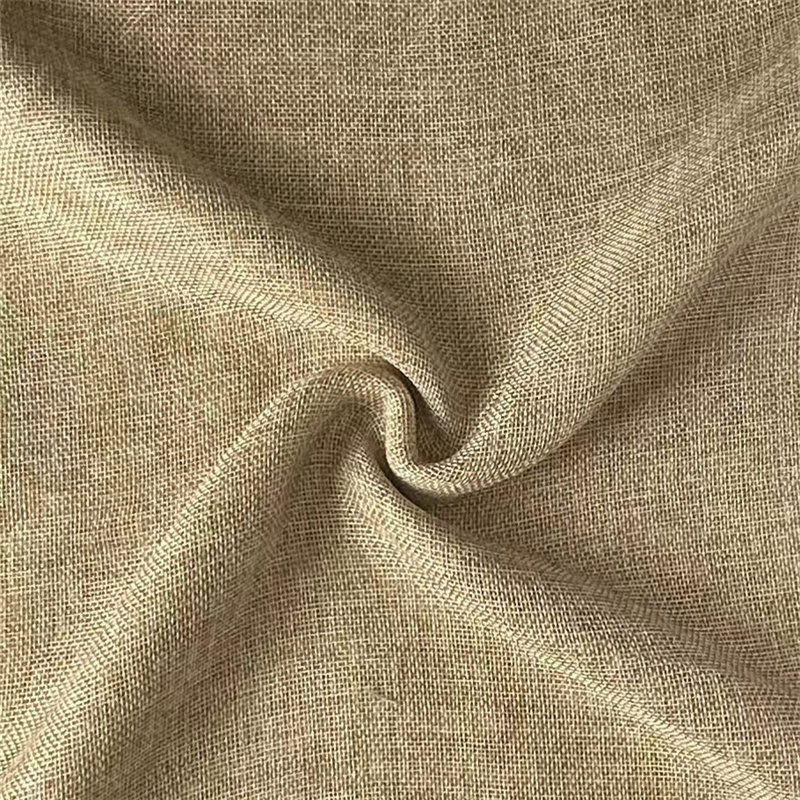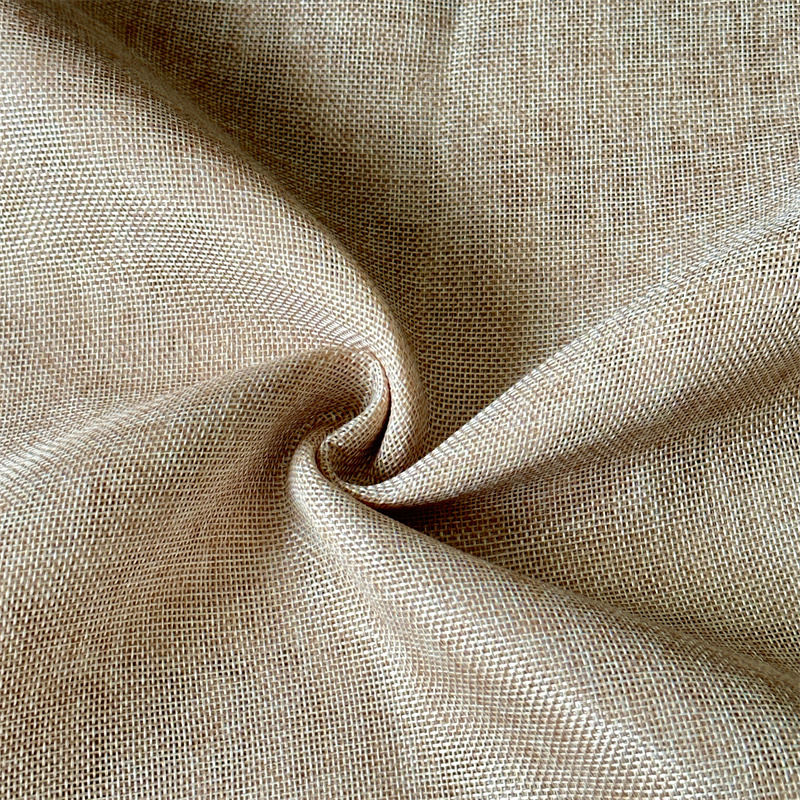Fabric choice is one of the most critical aspects in textile design, fashion, and interior decoration. Among the many types of fabrics, Jacquard fabric stands out due to its complex woven patterns, durability, and aesthetic versatility. In comparison, regular woven fabrics, while versatile and widely used, generally offer simpler structures and designs. Understanding the differences between Jacquard fabrics and regular woven fabrics helps designers, manufacturers, and consumers make informed choices based on purpose, aesthetics, and functionality. This article explores these differences in detail.
1. Understanding Jacquard Fabric
1.1 Definition
Jacquard fabric refers to woven textiles featuring intricate patterns created directly on the loom. The term comes from Joseph Marie Jacquard, the inventor of the Jacquard loom in 1804, which revolutionized fabric production by enabling complex designs to be woven mechanically rather than embroidered manually.
1.2 Unique Features
- Pattern integration: Patterns are not printed or embroidered; they are woven directly into the fabric.
- Versatility of design: Includes floral, geometric, damask, brocade, and abstract patterns.
- Reversibility: Some Jacquard fabrics show a mirrored or complementary design on the reverse side.
- Textural richness: Combines different yarn types, thicknesses, and weaving techniques for visual and tactile effects.
1.3 Material Composition
Jacquard fabrics can be made from various fibers, including:
- Natural fibers: Cotton, silk, wool, and linen
- Synthetic fibers: Polyester, nylon, and blends
- Hybrid blends: Cotton-silk, polyester-cotton, or silk-wool blends for specific aesthetics and durability
The choice of fiber affects texture, durability, luster, and drape.
2. Understanding Regular Woven Fabrics
2.1 Definition
Regular woven fabrics are textiles made by interlacing two sets of yarns — the warp (vertical) and weft (horizontal) — in simple patterns. Common weave types include:
- Plain weave: Simple over-under pattern, e.g., broadcloth or muslin
- Twill weave: Diagonal patterns, e.g., denim or gabardine
- Satin weave: Smooth surface with high luster, e.g., satin or charmeuse
2.2 Characteristics
- Simple construction: Regular woven fabrics focus on strength, stability, and functionality.
- Limited patterns: Any decorative patterns are typically printed or embroidered rather than integrated into the weave.
- Variety of textures: Texture depends on fiber type, thread count, and weaving technique but is generally uniform.
- Durability and versatility: Widely used for garments, home textiles, and industrial applications.
3. Key Differences Between Jacquard and Regular Woven Fabrics
Understanding the differences requires examining weaving technique, visual effect, functionality, and cost.
3.1 Weaving Technique
Jacquard Fabric:
- Uses a Jacquard loom that controls each warp thread individually.
- Allows for complex, multi-layered patterns to be woven into the fabric.
- No printing or embroidery is required for designs.
Regular Woven Fabric:
- Uses basic looms with uniform warp and weft tension.
- Patterns are limited to simple weaves (plain, twill, satin).
- Complex designs are typically added through printing, embroidery, or embellishments.
Implication: Jacquard weaving offers pattern and structure integration, while regular weaving focuses on basic fabric formation, requiring additional processes for decorative effects.
3.2 Pattern and Aesthetic Complexity
Jacquard Fabric:
- Intricate designs are integral to the fabric, not surface decorations.
- Can produce multi-dimensional textures, such as raised floral motifs or intricate damask patterns.
- Offers rich color interplay by using different yarns, including metallic threads or blended fibers.
Regular Woven Fabric:
- Patterns are generally flat and uniform.
- Decorative effects are achieved post-weaving (printing, embroidery, or applique).
- Texture variety is limited to weave types, e.g., satin’s smoothness or twill’s diagonal pattern.
Implication: Jacquard fabrics are visually and texturally more complex, suitable for luxury apparel, upholstery, and formal wear.
3.3 Texture and Feel
Jacquard Fabric:
- Provides tactile depth, with raised patterns and variations in weave density.
- Often thicker and heavier due to layered weave structures.
- Offers a distinctive drape depending on fiber type and pattern density.
Regular Woven Fabric:
- Texture is typically uniform and predictable.
- Lightweight fabrics, like plain weave cotton, feel smooth and soft but lack patterned depth.
- Heavier twill or satin fabrics provide some texture but remain flat compared to Jacquard.
Implication: Jacquard fabrics add luxury and richness to garments and home textiles, enhancing both appearance and tactile appeal.
3.4 Durability and Functionality
Jacquard Fabric:
- Durable patterns: Patterns are woven into the fabric, making them resistant to fading or wear.
- Can handle moderate daily use, especially when made from synthetic or blended fibers.
- Thickness and multi-layered weaving can add insulation or cushioning, ideal for upholstery or heavy garments.
Regular Woven Fabric:
- Simpler construction can result in lighter weight fabrics, which are versatile for everyday wear.
- Patterns added post-weaving may fade, peel, or wear off over time.
- Typically easier to wash and maintain, depending on fiber type.
Implication: Jacquard fabrics are more durable in terms of design longevity, whereas regular woven fabrics offer ease of use and cost-effectiveness.
3.5 Cost and Production Complexity
Jacquard Fabric:
- Requires specialized Jacquard looms, skilled operation, and longer weaving times.
- Higher material and production costs due to complexity and fiber usage.
- Often reserved for premium markets — luxury fashion, decorative upholstery, and designer apparel.
Regular Woven Fabric:
- Can be produced on standard looms quickly and cost-effectively.
- Less labor-intensive, suitable for mass production.
- Widely used for everyday clothing, industrial textiles, and basic home textiles.
Implication: Jacquard fabrics are premium products, while regular woven fabrics are versatile and economically practical.
4. Applications of Jacquard vs. Regular Woven Fabrics
4.1 Jacquard Fabric Applications
- Apparel: Evening gowns, suits, dresses, jackets, and luxury scarves.
- Home textiles: Upholstery, curtains, tablecloths, bedspreads, and decorative pillows.
- Accessories: Bags, belts, and decorative trims.
- Specialty markets: Tapestries, ceremonial garments, and high-end fashion collections.
4.2 Regular Woven Fabric Applications
- Casual clothing: Shirts, pants, skirts, and blouses.
- Everyday home textiles: Sheets, pillowcases, curtains, and table linens.
- Industrial uses: Uniforms, workwear, tents, and utility fabrics.
- Mass-market fashion: Fast fashion and economical textile products.
5. Care and Maintenance Differences
Jacquard Fabric:
- May require gentle washing or dry cleaning to preserve intricate patterns.
- Avoid excessive friction or wringing to prevent distortion.
- Dry flat or hang to maintain shape and pattern definition.
Regular Woven Fabric:
- Typically machine washable, depending on fiber type.
- Less sensitive to abrasion and simpler to iron or press.
- Can be treated with finishes (stain-resistant, anti-shrink) for added convenience.
Implication: Jacquard fabrics demand more careful handling to maintain aesthetic and structural integrity, while regular woven fabrics are easier to maintain for daily use.
6. Summary of Key Differences
| Feature | Jacquard Fabric | Regular Woven Fabric |
| Weaving Technique | Individual warp control on Jacquard loom | Standard over-under, twill, satin, etc. |
| Pattern Formation | Integrated, intricate patterns | Simple weaves; patterns usually printed or embroidered |
| Texture | Multi-dimensional, rich, sometimes reversible | Uniform texture, limited depth |
| Durability of Design | High, pattern woven in | Moderate, dependent on surface decoration |
| Cost | Higher, premium production | Lower, mass-producible |
| Applications | Luxury fashion, upholstery, home décor | Everyday clothing, casual textiles, industrial fabrics |
| Maintenance | Gentle washing/dry clean preferred | Easier, machine washable depending on fiber |
7. Conclusion
Jacquard fabrics and regular woven fabrics each have their distinct advantages and applications. The choice between them depends on:
- Purpose: Everyday wear vs. premium fashion or décor
- Aesthetic needs: Flat and simple vs. intricate and luxurious
- Durability requirements: Function over visual longevity vs. long-lasting pattern integration
- Budget considerations: Cost-effective mass production vs. high-end premium products
In essence, Jacquard fabric excels in aesthetics, texture, and premium appeal, making it ideal for luxury apparel, decorative home textiles, and high-end fashion applications. Regular woven fabrics remain versatile, practical, and cost-effective, suitable for casual wear, industrial use, and mass-market textile products.
Understanding these differences helps designers, manufacturers, and consumers make informed choices that balance visual appeal, functionality, and budget in textile selection.


 中文简体
中文简体 Español
Español